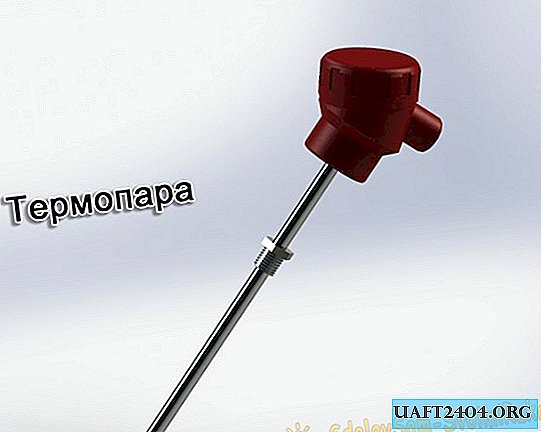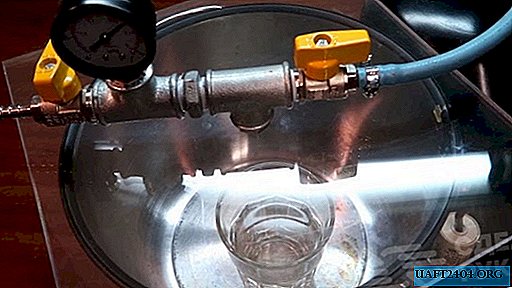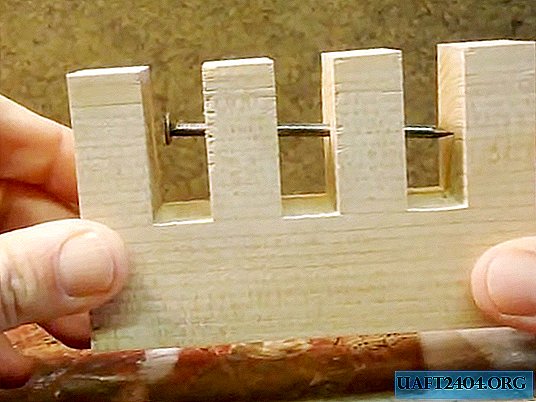Share
Pin
Tweet
Send
Share
Send
Thermocouple
A thermocouple is a sensor consisting of two conductive conductors that are different in their properties and soldered together. The measurement occurs due to the formation of a thermal electromotive force (voltage) formed between the conductors. Depending on the cold or hot source, the current on the sensor will change its direction between a positive or negative value. The sensor does not require special settings, you just need to compare the readings with the reference device.

The measuring range of the sensor varies from -270 to 2500 degrees and depends on the conductors used inside the alloys. For example, a tungsten-rhenium alloy in a thermocouple can measure temperatures up to 2500 degrees Celsius.
The disadvantage of the sensor is a small output signal, which requires the presence of an electronic amplifier and a signal converter. The accuracy of the measurement depends on the size of the device, with the wrong choice, the temperature error reaches 2.5-4 degrees Celsius.

Thermocouple is widely used in the following industries:
- in scientific research and medicine;
- in industry (manufacturing of metal products);
- in automated control systems (CNC machines).
Thermistor
The thermistor is a semiconductor device operating on the principle of variable resistance.

When the temperature changes, its internal resistance changes depending on the type of sensor selected. There are two varieties of this electrical semiconductor:
- NTC thermistor (resistance decreases with increasing temperature);
- PTC thermistor (resistance increases with temperature).
Among the features of the sensor, one can single out its accuracy to the measured temperature. The error of the thermistor is only 0.05 degrees Celsius.
Measurement range: from -50o to +300 degrees on any measured interval.

Disadvantages of the sensor:
- with increasing temperature, the service life is reduced. The manufacturer gives a guarantee of up to 1000 hours of operation;
- Calibration with a reference meter is required for an accurate reading.
Summarizing
The accuracy of temperature readings is certainly higher with thermistor sensors, however thermocouples boast a large measuring range. The material of which the thermistor is made degrades over time, while thermocouples live much longer.
The methods for determining the temperature of the sensors are different. For each type you need your own device or controller that allows you to control the readings.
The main selection criterion can be considered the measuring range. If the temperature exceeds a threshold of 300 degrees, a thermocouple should be used. Otherwise, there is no point in overpaying, you can get along with inexpensive thermal resistances, since a thermocouple is an order of magnitude more expensive.
Watch related video
Share
Pin
Tweet
Send
Share
Send











